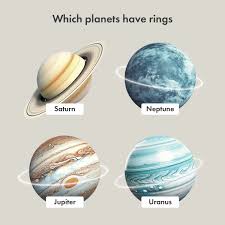Full Pane: "Venera-3" Medal, Globe & Flight Trajectory (Soviet Union, USSR 1966)
"Venera-3" Medal, Globe & Flight Trajectory (Soviet Union, USSR 1966)
15 July (Soviet Union, USSR ) within release Soviet Space Achievements (1966) goes into circulation Full Pane "Venera-3" Medal, Globe & Flight Trajectory face value 25*6 Russian kopek
| Full Pane "Venera-3" Medal, Globe & Flight Trajectory in catalogues | |
|---|---|
| Colnect codes: | Col: SU 1966.07.15-02a |
Full Pane is square format.
Full Pane "Venera-3" Medal, Globe & Flight Trajectory it reflects the thematic directions:
The Medal of Honor (MOH) is the United States Armed Forces' highest military decoration and is awarded to recognize American soldiers, sailors, marines, airmen, guardians, and coast guardsmen who have distinguished themselves by acts of valor. The medal is normally awarded by the President of the United States (the commander in chief of the armed forces) and is presented "in the name of the United States Congress." It is often, not strictly correctly, referred to as the Congressional Medal of Honor
Outer space (or simply space) is the expanse that exists beyond Earth's atmosphere and between celestial bodies. It contains ultra-low levels of particle densities, constituting a near-perfect vacuum of predominantly hydrogen and helium plasma, permeated by electromagnetic radiation, cosmic rays, neutrinos, magnetic fields and dust. The baseline temperature of outer space, as set by the background radiation from the Big Bang, is 2.7 kelvins (−270 °C; −455 °F)
A planet is a large, rounded astronomical body that is generally required to be in orbit around a star, stellar remnant, or brown dwarf, and is not one itself. The Solar System has eight planets by the most restrictive definition of the term: the terrestrial planets Mercury, Venus, Earth, and Mars, and the giant planets Jupiter, Saturn, Uranus, and Neptune. The best available theory of planet formation is the nebular hypothesis, which posits that an interstellar cloud collapses out of a nebula to create a young protostar orbited by a protoplanetary disk. Planets grow in this disk by the gradual accumulation of material driven by gravity, a process called accretion.




